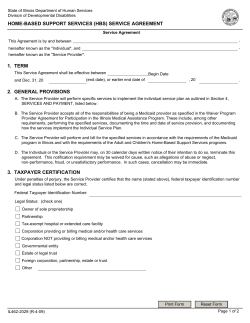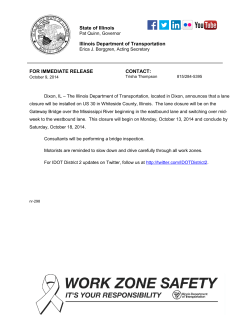
Tectonics and Structural Geology of Illinois
Tectonics and Structural Geology of Illinois Dennis R. Kolata Photograph by Joel M. Dexter. The structural framework of Illinois, like that of the rest of the North American continent, is largely the result of external forces created by the motion of tectonic plates. Driven by processes operating deep in the Earth’s interior, the tectonic plates have undergone a long history of collision, divergence, and sub-crustal heating. As a result, the underpinnings of Illinois consist of assorted blocks of continental crust bounded by ancient faults and zones of weakness. Plate tectonic interactions operating over the past 1.5 billion years have reactivated these crustal elements, influencing the formation of basins and arches, sedimentation rates, facies relationships, regional subsurface fluid flow systems, ancient and modern river systems, and earthquake activity. These interactions are also responsible for the geological structures in Illinois, including high-angle faults, force folds, reverse faults, detached thrust folds, and strikeslip deformation as well as local intrusions of magma. The three chapters contained in this part of the book include a brief review of Illinois’ tectonic history, an overview of the major structural features, and a discussion of neotectonics, the tectonic events and processes that have occurred during post-Miocene time (approximately the past 5 to 6 million years). Image on previous page: Alto Pass, Shawnee National Forest, Union County, Illinois.
© Copyright 2025












